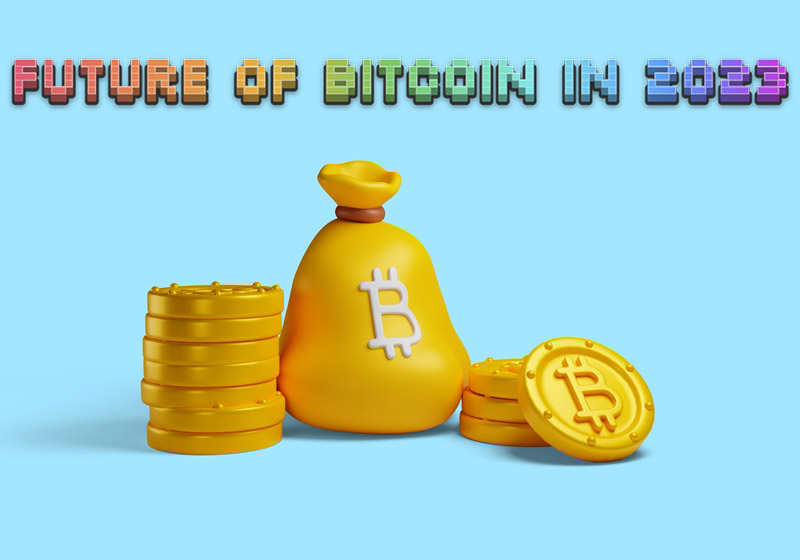[ad_1]

press release
PRESS RELEASE. TòròNet recently announced the launch of the network’s mainnet, following nearly six months of operating a testnet. The blockchain was launched together with stablecoins in four currencies in the African sub-continent to start. The blockchain is built specifically focused on the unbanked and inadequately banked, but with the premise that decentralized finance in the target communities will gain acceptance when initially denominated in familiar accounting units. TòròNet is organized as a digital autonomous organization (DAO), initially operated by a an Association incorporated in Switzerland. The Association also co-hosts the Digital for Life Initiative of the Club of Rome, which is envisioned to ensure that technology is utilized to enhance financial well-being.
Utilizing technological innovations including a layer one blockchain, IOT devices and technology, and artificial intelligence, TòròNet aims to provide solutions that bridge some of the issues that have hampered prior solutions from reaching many in these communities.
The validator nodes of the network are expected to be decentralized entities and organizations that include individuals, entrepreneurs, developers, corporations, state-run institutions, and local businesses that are admitted by the community via the DAO. The blockchain has its native token (Tòrò), a USD-pegged stablecoin. The consensus system is a hybrid proof of authority and proof of stake. Besides the DAO and association vetting that provides nodes their authority on the network, the nodes are also required to deposit a stake in the platform in order to collateralize tokens on the platform. This adds a second layer of trust in the System and discourages speculation, whilst ensuring the highest levels of integrity and confidence is maintained.
TòròNet’s Solutions
The platform was developed based on the belief that technology needs to be simple to use, accessible, and affordable in order to foster economic and financial inclusion. This is the focus of TòròNet which is about unleashing the power of decentralized finance for empowerment rather than disillusionment. We designed the Tòrònet protocol to address the following problems that under-banked and unbanked communities are facing:
- Access to the digital economy: by enabling participants in the network to have access to smartphones which is their gateway to information, economic and financial inclusion.
- Shelter economy: by providing access to affordable & sustainable housing which is their starting point in building generational wealth.
- Financial economy: by providing access to low-cost capital including remittances which is their tool for building a credit history that supports their financial inclusion & access to capital.
- Energy economy: by enabling access to cost-effective non-fossil fuel-based energy which is their tool for creating value from their time and contributing to a net zero emission world.
- Nature economy: by providing token-based incentives for regenerative economics including, but not limited to, plastics recycling and carbon sequestration that is. the creation of carbon sinks through nature preservation/tree planting /reforestation schemes, which is a mechanism for reducing the levels of pollution in the environment; and
- Agriculture economy: by enabling producers (farmers) + industry (processors) + their value chain/ supply chain + consumers access to functional markets that are close to home, which is the mechanism for solving the hunger problem, reducing poverty, and creating jobs.
Technical Design of TòròNet’s Blockchain
The innovations that TòròNet brings are:
- Interoperability: Financial inclusion is about freedom. Locking users up into a network based on their assets is not increasing the liberty of users. TòròNet is building for a future where users have choices which will include traditional financial institutions, CBDCs, and other blockchains, and may move their assets easily across network depending on the services they seek. With the recent launch, the level 1 and level 2 tokens built on TòròNet can be bridged to and from the Ethereum network, and they are not wrapped Tòròs on other networks but the same token and value. Other networks will follow including Bitcoin, BSC, and Avax C-chain networks. And the bridge is dual rather than a one-way bridge to simply bring in assets from other networks.
- Multiplatform: A key element of TòròNet technology is the core separation of tokens and assets from the network. On TòròNet, by design, tokens and assets are considered separate from the network and can be bridged to other networks.
- Speed: Firstly, TòròNet is both decentralized and efficient with a blockchain secured by independent nodes. However, decentralized does not mean anything goes and the admission of nodes is based on trusted entities admitted by votes of the DAO and validation from the association. In addition, each node is required to stake resources in the network to secure transactions on the blockchain. Nodes are trusted entities by virtue of their stake and reputation, and as a result, a consensus is rapid, requiring less than five seconds, and does not require wasteful use of electrical resources as does proof of work blockchains. Subsequently, TòròNet transaction costs are cheap and less than 5c per transaction.
- Freedom: TòròNet values the freedom to choose. Most addresses and wallets on the network are expected to be custodial, with KYC, such that users may recover their assets if they lose their keys or password. The network consists of different projects addressing financial needs in the communities. While these projects sit on a decentralized architecture, each project may be centralized, will typically be custodial, and may require KYC from their customers to comply with the laws of their various jurisdictions. Addresses on TòròNet have a flag that indicates if the address is opted into KYC and enables a project or node with custodial access to assist the user with resolution and asset retrieval utilizing the consensus method of the network. However, like the older layer 1 blockchains, on TòròNet users can also still choose to set up non-custodial addresses if they wish for safekeeping higher value balances, to gain censorship resistance separate from any project, or on less frequently used accounts. Such users may also create addresses (accounts) with projects and service providers whose services they wish to use on the network. This is not new to many in these communities who sometimes maintain different bank accounts with several traditional banks, local cooperatives, and government agencies to obtain micro-loans or receive agricultural production subsidies, depending on the service they desire at any point or due to geographical proximity to the closest branch.
- Trust: trust is one of the most important aspects for target communities, where consumer protections and regulations might not be as robust as in other parts of the world. The type of projects that exist on current blockchains are not attractive to rural communities and have resulted in a lack of utility for such groups.
TòròNet – The Community
TòròNet leverages technology as a tool but not an end goal. The founding and advising team consists of top technological talent with doctorates in related technology fields, individuals with proven track records in delivering operational projects in rural communities, and experts in traditional financial institutions.
The core vision of this team is to see the communities served by the network bridge the development gap compared to communities covered by more financial services, by utilizing the solutions TòròNet offer. These communities that have been held behind by lack of access, and a cycle of low trust in institutions and of contracts and agreements can thus accelerate their development process. This is very important as the rest of the world continues to experience rapid development in financial technology, which also powers development in other areas of the economy.
For instance, whereas the interest rates in advanced economies vary from 1% to 5% for a mortgage, in these specific rural communities, interest rates as high as 30% prevail. Similar limitations exist for business and developmental loans. These hamper development, innovation, and entrepreneurship. It should be unacceptable to all for many of these communities to continue to fall behind with so much human ingenuity and advancement that can be applied to this problem. It is also quite expensive for all communities worldwide. Recent events have reinforced the fact that it is impossible to separate communities in economic and geographical silos as effects of economic, social, and even health factors and outcomes cannot be contained by borders.
Blockchain technology can help increase trust between entities by providing transparency and immutability offered by decentralized blockchains, self-enforcing, as well as rule-based smart contracts that are devised in a manner that can be easily adopted in inadequately banked and unbanked communities. Real-world use-case is what TòròNet is built for. We expect the journey to be challenging but we look forward to what we can accomplish together with users, developers, and everyone that joins the community to improve it along the way.
For more information about the project and to visit TòròNet’s social media platforms, please visit the website at: https://toronet.org/
This is a press release. Readers should do their own due diligence before taking any actions related to the promoted company or any of its affiliates or services. Bitcoin.com is not responsible, directly or indirectly, for any damage or loss caused or alleged to be caused by or in connection with the use of or reliance on any content, goods or services mentioned in the press release.
Image Credits: Shutterstock, Pixabay, Wiki Commons












Post Comment